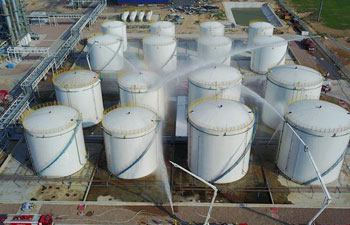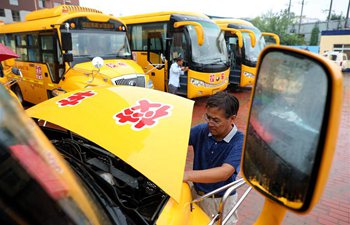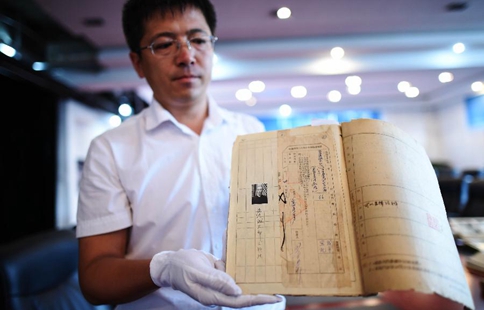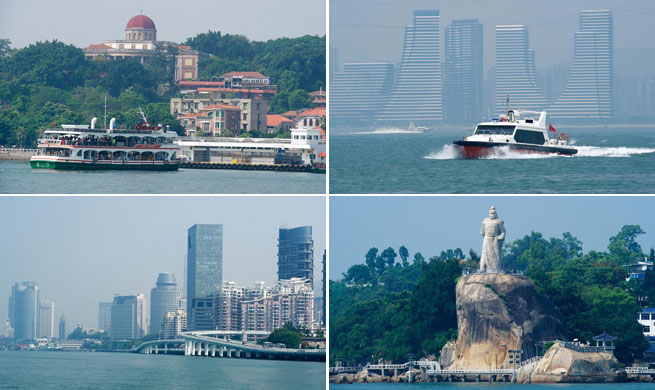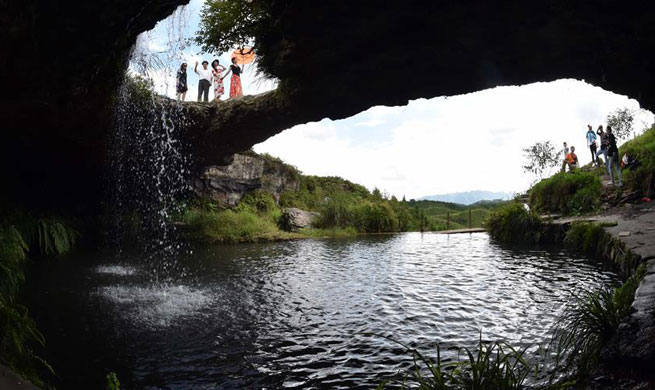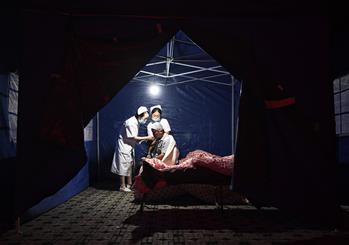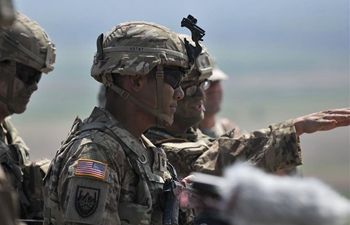TOKYO, Aug. 18 (Xinhua) -- A U.S. military Osprey aircraft took part in a drill in Japan's northernmost prefecture of Hokkaido on Friday, despite concerns about the planes' checkered safety history.
The MV-22 tilt-rotor transport aircraft took part in the drill which is being held by the Japanese Ground Self-Defense Force (GSDF) and the U.S. Marine Corps.
The Osprey taking part in the drill marks the first time the aircraft has been used in a joint exercise between Japan and the United States since one of the planes based at the Marine Corps Air Station Futenma in Okinawa crashed in waters off Australia earlier this month.
The crash, which occurred on Aug. 5, killed three U.S. Marines and prompted the central government to request the U.S. military ground the planes to further investigate their safety.
The U.S. Marine Corps said the Ospreys were safe to be flown following an investigation, much to the consternation of officials and citizens in Okinawa, as well as the broader population in Japan.
This decision was officially backed by the central government on Aug. 11, further adding to the worries of Okinawans who host the bulk of U.S. military forces in Japan.
They have also voiced concerns about the central government consistently bending to the U.S. military's wishes, despite fears for their own safety from U.S. base-linked accidents, pollution, noise and crimes committed by U.S. service personnel.
Japan's Defense Minister Itsunori Onodera said on Tuesday that as many as six Ospreys, that can take off and land like a helicopter and rotate their turboprop-powered blades forward and fly like a regular plane, would join the exercise.
One of the Ospreys' to join the drill touched down in Hokkaido at 12:00 p.m. local time Friday after taking off from the U.S. Misawa Air Base in Aomori Prefecture, in the northern part of Japan's Honshu island, the regional bureau of the Defense Ministry said.
There has been local opposition in Hokkaido to the plane's being cleared to take part in the joint exercise, which began on Aug. 10, local media reported, as the Osprey's had been cut from the program after the crash off the coast of Australia.
The exercise, Friday's program of which was open to the media, comprises 1,300 GSDF personnel and 2,000 U.S. troops. According to the Defense Ministry, some of the drills will involve the Ospreys flying at night.
Fears resurfaced about the safety of the Ospreys following one of the notorious planes making an emergency landing in Okinawa in June.
Concern and panic widened in Okinawa, particularly, and Japan in general, following the crash landing of an Osprey in waters off Nago in Okinawa, near the U.S. Marine Corps' Camp Schwab, last December.
The incident, which saw five crew members airlifted to safety and then subsequently treated for injuries, involved an MV-22 Osprey making a "shallow landing," according to the U.S. military accounts.
The crash marked the first major accident involving an Osprey since its deployment in Japan in 2012 and had Okinawan officials vehemently call for the planes to be permanently withdrawn from Japan.
Prior to these accidents, Ospreys have been involved in multiple crashes around the world leading to numerous fatalities, dating back to the plane's developmental phase in 2000.
The U.S. military currently has more than 20 MV-22s deployed at the Marine Corps Air Station Futenma in Okinawa, which is central to a relocation spat between Okinawa and Tokyo.
The MV-22 Osprey that fatally crashed off Australia had been based at Okinawa's Futenma air station.
Okinawa Governor Takeshi Onaga expressed his dissatisfaction at the central government on Monday for allowing the accident-prone Osprey aircraft to fly in Japan just days after the fatal crash off the coast of Australia.
In a meeting with Onodera in Okinawa's capital city of Naha, Onaga said that Japan backing the United States' decision for the tilt-rotor planes to be flown here was not in the interests of the people.
"The response was extremely disappointing from the viewpoint of protecting the lives of the people in the prefecture and in the country," Onaga said.




